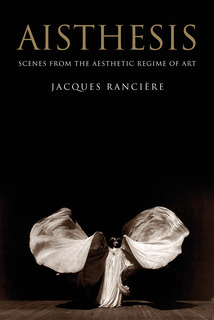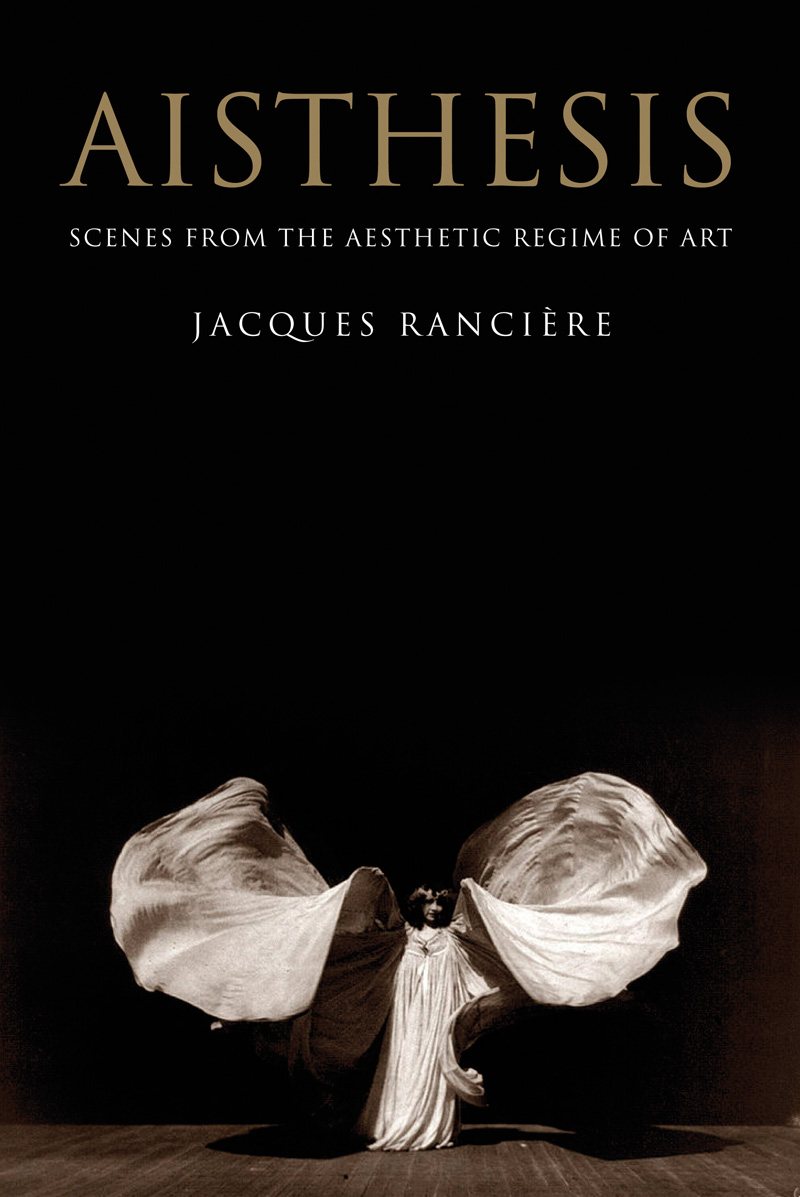Are you seeking for 'ranciere aisthesis verso'? Here you can find the questions and answers on the subject.
Jacques Rancière’s new Bible Aisthesis: Scenes from the Aesthetic Government of Art (Verso, 2013) is arguably the most authoritative work in the field of esthetics since the issue of Theodor Adorno’s Aesthetic Theory fashionable 1970.
Table of contents
- Ranciere aisthesis verso in 2021
- Aisthesis greek
- Aisthesis rancière pdf
- Verso books
- Aisthesis, meaning
- Rancière verso
- Aisthesis: scenes from the aesthetic regime of art pdf
- The exform
Ranciere aisthesis verso in 2021
,445,291,400,400,arial,12,4,0,0,5_SCLZZZZZZZ_.jpg) This image representes ranciere aisthesis verso.
This image representes ranciere aisthesis verso.
Aisthesis greek
 This image representes Aisthesis greek.
This image representes Aisthesis greek.
Aisthesis rancière pdf
 This picture demonstrates Aisthesis rancière pdf.
This picture demonstrates Aisthesis rancière pdf.
Verso books
 This image shows Verso books.
This image shows Verso books.
Aisthesis, meaning
 This image demonstrates Aisthesis, meaning.
This image demonstrates Aisthesis, meaning.
Rancière verso
 This picture demonstrates Rancière verso.
This picture demonstrates Rancière verso.
Aisthesis: scenes from the aesthetic regime of art pdf
 This picture illustrates Aisthesis: scenes from the aesthetic regime of art pdf.
This picture illustrates Aisthesis: scenes from the aesthetic regime of art pdf.
The exform
 This picture demonstrates The exform.
This picture demonstrates The exform.
How did Jacques Ranciere change the way art was made?
Rancière uses these sites and events—some famous, others forgotten—to ask what becomes art and what comes of it. He shows how a regime of artistic perception and interpretation was constituted and transformed by erasing the specificities of the different arts, as well as the borders that separated them from ordinary experience.
Who is Jacques Ranciere and what are his books?
Jacques Rancière is Emeritus Professor of Philosophy at the University of Paris-VIII. His books include The Politics of Aesthetics, On the Shores of Politics, Short Voyages to the Land of the People, The Nights of Labor, Staging the People, and The Emancipated Spectator.
When did aisthesis by Ranciere take place?
Composed in a series of scenes, Aisthesis –Rancière’s definitive statement on the aesthetic–takes its reader from Dresden in 1764 to New York in 1941.
Last Update: Oct 2021